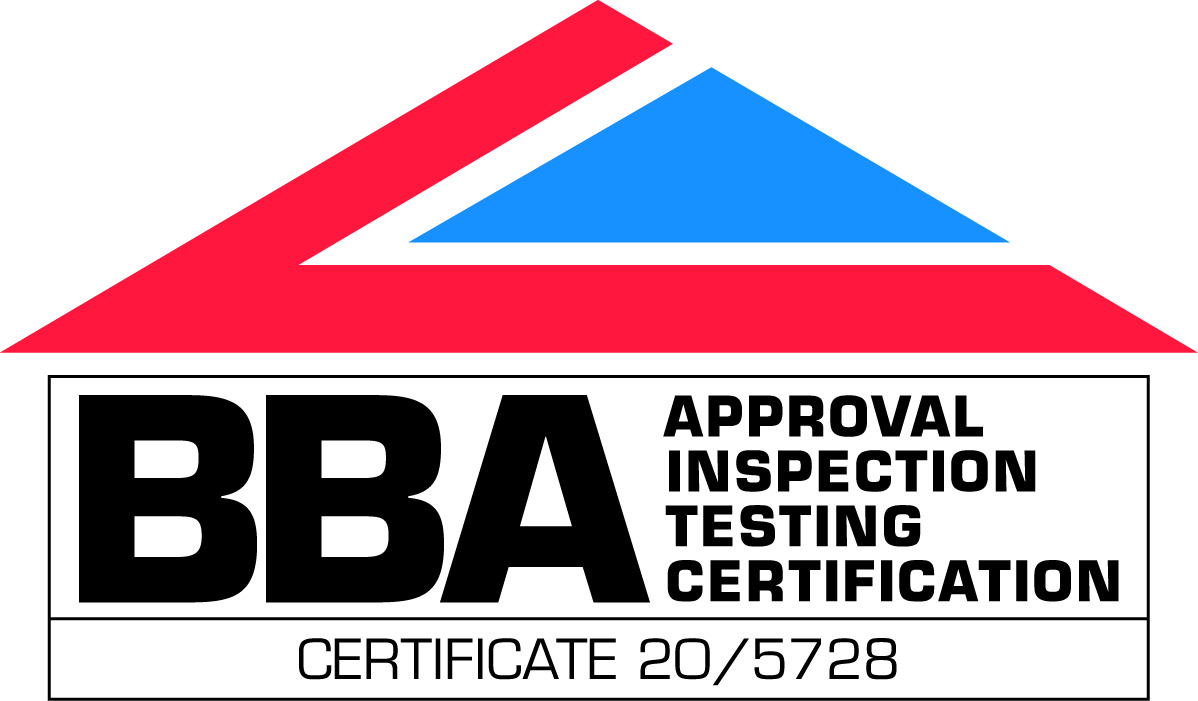Understanding Radon: Radon Awareness Week

The 4th to the 10th of November is Radon Awareness Week in the UK, an important campaign which educates the public on the dangers of radon in their homes and workplaces. Despite the majority of people not being able to name the risks that radon exposure has, it is the second leading cause of lung cancer in the UK, and the main cause in non-smokers. Radon is believed to be responsible for over 1100 deaths each year in the UK.
What is radon?
Radon is a naturally occurring gas that comes from rocks and soil. It is colourless and odourless, and so the only way to identify it is with specialist detectors. While there is radon in the air we breathe outside, it becomes more concentrated in buildings, and this can be dangerous. Levels of radon are different all over the UK, but if there is a high level, the gas can bubble up through the ground and collect in our homes (if there is not adequate protection). Radon’s radioactive nature means exposure over an extended period of time can cause lung cancer, therefore the radon levels in the buildings we spend time in should be of upmost importance to all of us.
Detecting radon levels in your home or workplace
If you are in the dark about the levels of radon in your home, there are tests available that will give you this information. Tests involve placing radon detectors in your home for about three months to measure the amount in the air – this usually costs around £50. If you discover your home does have dangerous levels of radon, there are a number of solutions, the suitability of which will depend on how your home is built and its radon levels. Methods of reducing radon include installing a radon sump and getting better ventilation into your home. Guarding against radon isn’t just an issue for homeowners as employers are required by law to carry out risk assessments, including measuring the radon levels in their buildings, and are then required to take action if levels call for it.
Gas protection membranes for radon
When it comes to new buildings, Building Regulations request radon protection be fitted where necessary. The most convenient way to shield from radon long term is to install a gas protection membrane during the foundation stage of construction. At Juta, we have over seventy years of experience within the industry and are able to provide advice and training on ground gases, radon included. We also supply effective and easy-to-install gas protection membranes, all of which comply with the latest codes of practice.
Find out more…
To get further helpful information on radon and radon protection, visit the Radon Awareness Week website and UKRadon. Plus, for expert advice on gas protection membranes and CPD training, don’t hesitate to get in touch with us at Juta.



